The Inferior ganglion switches fibers from the glossopharyngeal nerve and the vagus nerve. It is the first ganglion that the two cranial nerves encounter outside the cranial cavity, and includes both the petrosal ganglion and the nodosum ganglion. The inferius ganglion is involved in taste and sensory perception. Nerve damage to the taste tract can cause taste disorders.
What is the inferior ganglion?
Under the term inferior ganglion or lower (vagus) ganglion, physiology summarizes several nerve collections. They lie on the 9th and 10th cranial nerves, the glossopharyngeal nerve and the vagus nerve.
The nerves meet the superior ganglion beforehand - inside the cranial cavity but outside the central nervous system - and emerge from the skull within the head, where they directly meet the respective inferior ganglion. Medicine originally delineated the ganglia more sharply; Even today, the ganglion of the glossopharyngeal nerve is known as the ganglion petrosum, while the ganglion inferius of the vagus nerve is also known as the ganglion nodosum.
Anatomy & structure
The ganglion petrosum or ganglion inferius nervi glossopharyngei belongs to the 9th cranial nerve. It is connected to the otic ganglion by several nerve fibers; this pathway is also known as Jacobson's anastomosis. The petrosal ganglion is located in the petrosal fossula.
This fossa lies beneath the cranial cavity between the carotid canal, through which the inner branch of the carotid artery runs, and the jugular fossa, the fossa of the temporal bone (os temporale). The petrosa fossula owes its diminutive "fossula" to its relatively small size. The ganglion petrosum belongs to the taste tract; its nerves innervate the back third of the tongue.
The ganglion nodosum or ganglion inferius nervi vagi forms a switching point for the 10th cranial nerve. The vagus nerve transports general viscerosensitive signals from the intestines to the nodosum ganglion. The afferent nerve tracts also run from there to the superior ganglion and then to the brain. In addition, the vagus nerve comprises special viscerosensitive fibers that transmit sensations from the root of the tongue (radix linguae) and the epiglottis to the inferius nervi vagi ganglion.
Function & tasks
The inferior ganglion is a collection of nerve cell bodies. Preganglionic nerve cells transmit the information that passes through their fibers to postganglionic nerve cells; In this context, the ganglion serves as a switching point for the peripheral nervous system. The petrosal ganglion comprises nerve fibers that lead to the back third of the tongue and connect the sensory cells with the nervous system.
The taste cells are embedded in so-called taste buds and respond specifically to chemical stimuli. Food particles serve as a trigger. The taste buds in the back of the tongue transmit information about gustatory stimuli in the form of electrical signals to their axons. This is where the taste path begins, which runs through the inferius nervi glossopharyngeal ganglion and the superior ganglion to the brain. The nerve fibers belong to the 9th cranial nerve, the glossopharyngeal nerve. The nerves that innervate the back third of the tongue are very important because this part of the tongue carries most of the taste buds. If the perception fails in this area, the overall sense of taste is severely impaired.
The interconnection in the inferior ganglion is usually not 1: 1, but in a larger ratio. In this way, the inferior ganglion reduces sensory information from the respective sensory cells. If the taste buds in the tongue perceive only a weak gustatory stimulus, this can lead to an action potential in the first nerve fiber, but it may be lost in the downstream cell.
A corresponding stimulus is accordingly below the perception threshold and does not lead to a subjective taste impression in the brain. The early filtering protects the following neurons from overload and ensures that unimportant stimuli do not block capacities in the nervous system. This usually also filters out spontaneous activity
Diseases
The inferius ganglion plays a role in gustatory perception through its connection to the taste cells in the back third of the tongue.
Lesions on the nerve cells involved can result in the taste path only passing on incomplete, no or faulty information to higher processing centers. As a result, taste disorders can manifest. The type of disorder depends on which nerve cells are specifically affected and whether other types of tissue may have suffered damage.
Medicine calls the complete loss of taste ageusia. In the case of total ageusia, those affected can no longer perceive any of the flavors (sweet, sour, salty and bitter), while partial ageusia only leads to the loss of certain gustatory qualities. People with hypogeusia can taste, but perceive the taste as significantly weaker. Hypergeusia is the opposite of this: those affected suffer from a high level of sensitivity that clearly exceeds a normal, good sense of taste.
All of these taste disorders constitute quantitative taste disorders. In addition, there are qualitative disorders of the gustatory perception, which occur simultaneously or independently of them: Parageusia leads to the misperception of taste stimuli, so that, for example, a sugary food tastes bitter. People who suffer from phantogeusia, however, perceive a stimulus, although it is not actually there.
Doctors can use electrogustometry to determine if nerves on the tongue are damaged. They stimulate the nerves with a very weak electric current. The causes of taste disorders are diverse and do not necessarily have to be of neurological origin. Instead, they can also be the side effect of a drug or the result of another underlying disease.

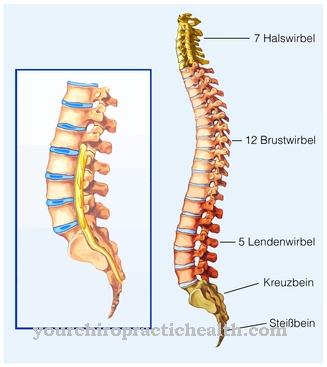
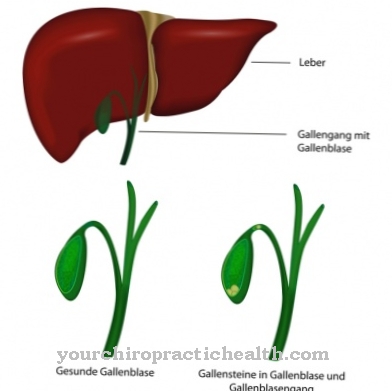
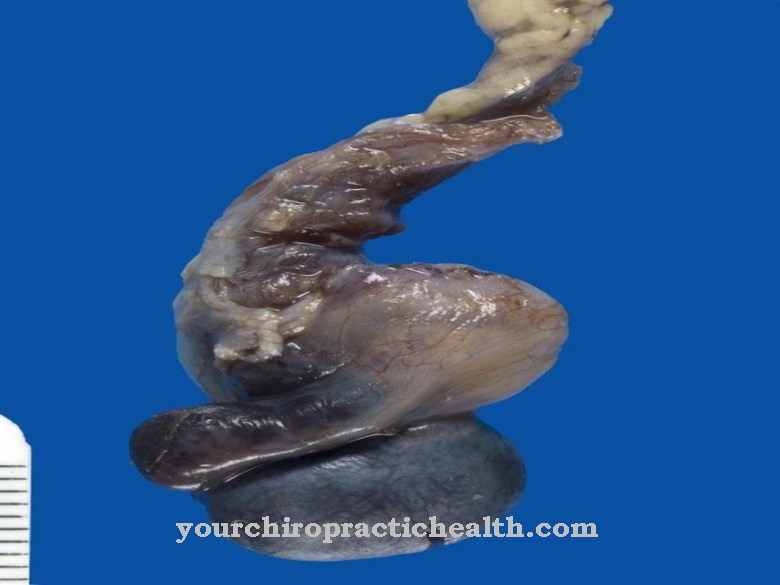
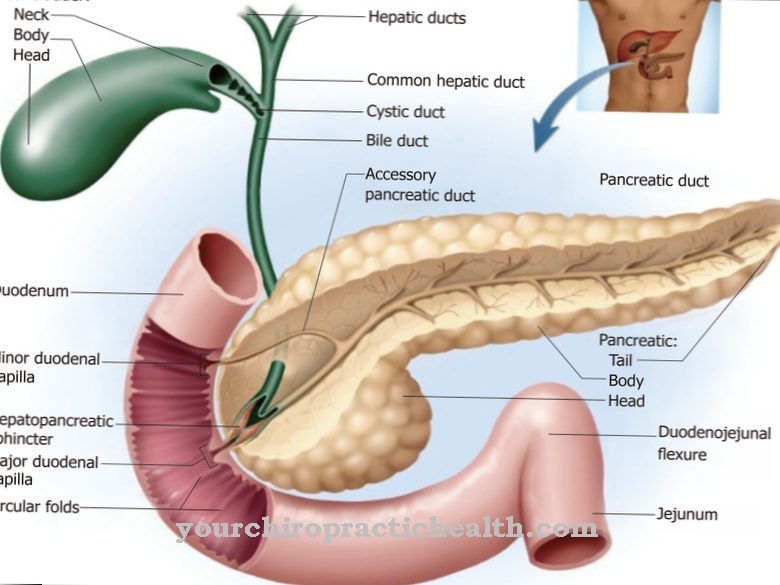
.jpg)
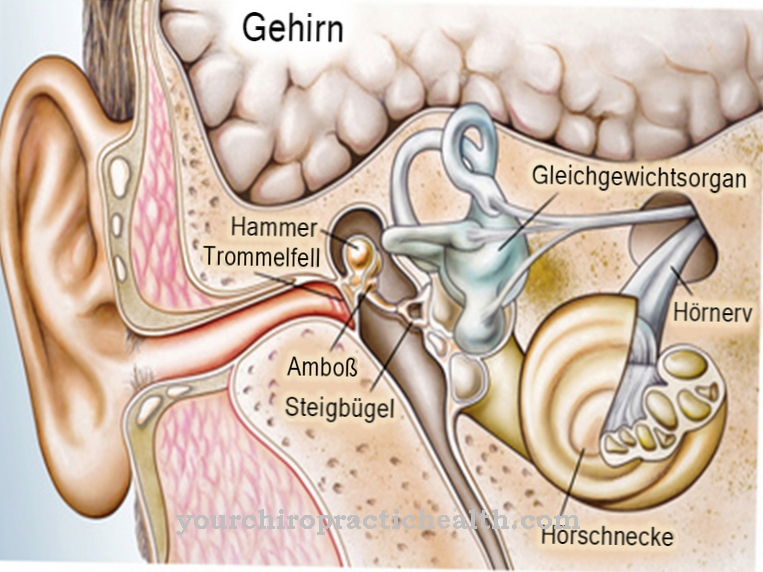

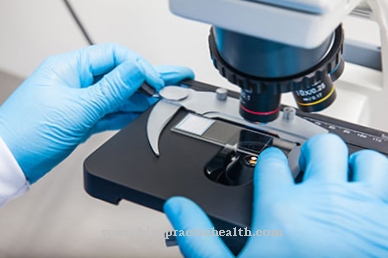

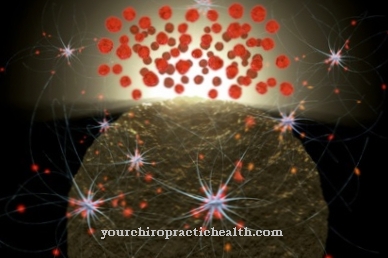

.jpg)



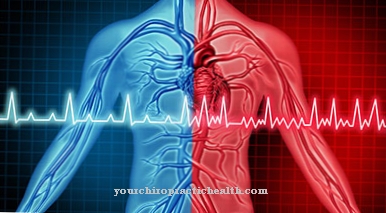


.jpg)

.jpg)
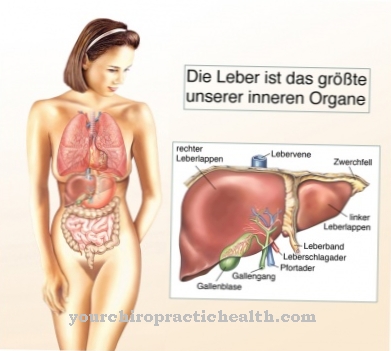

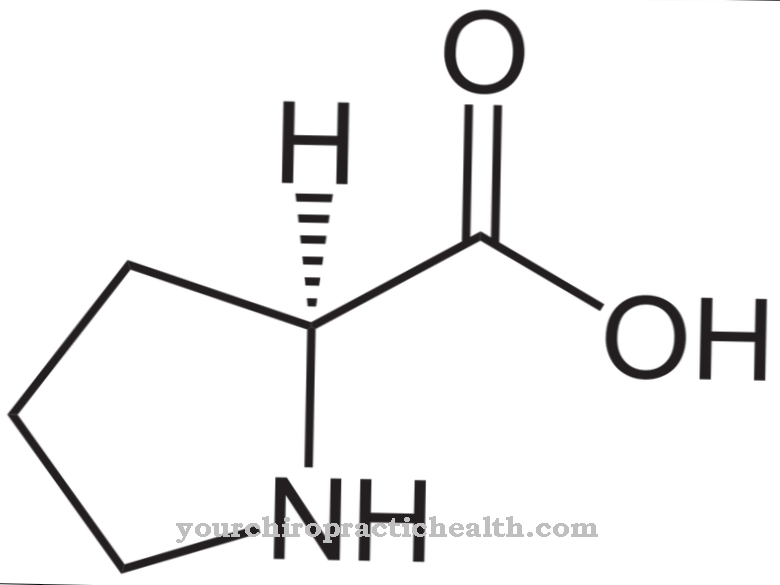

.jpg)

